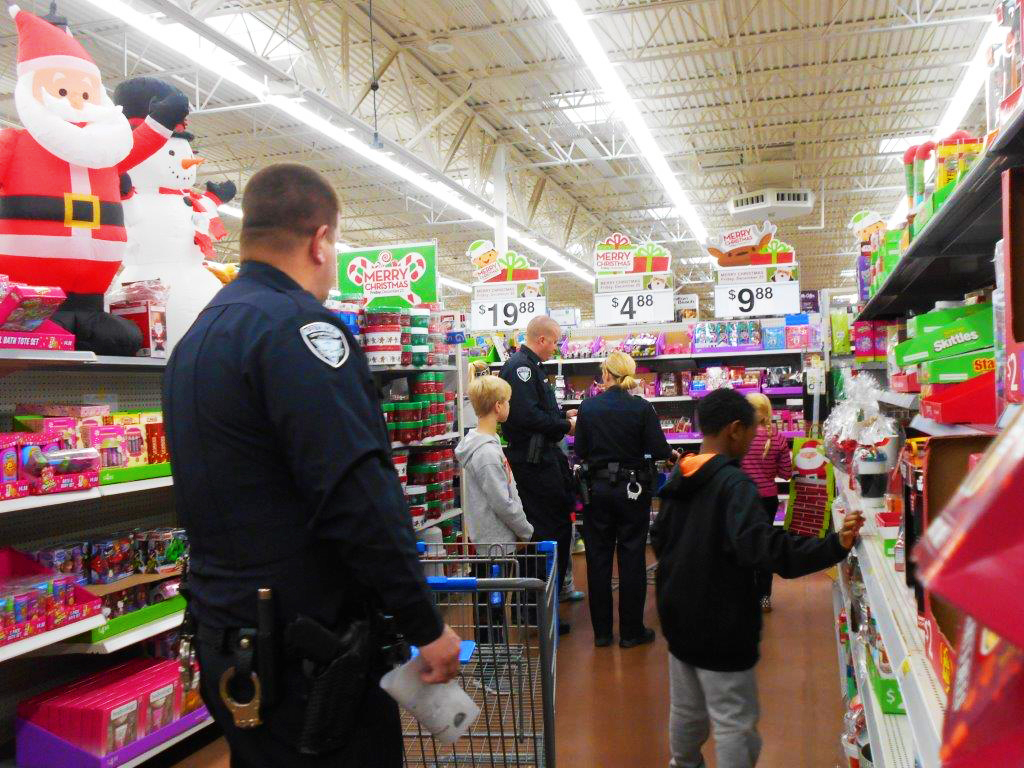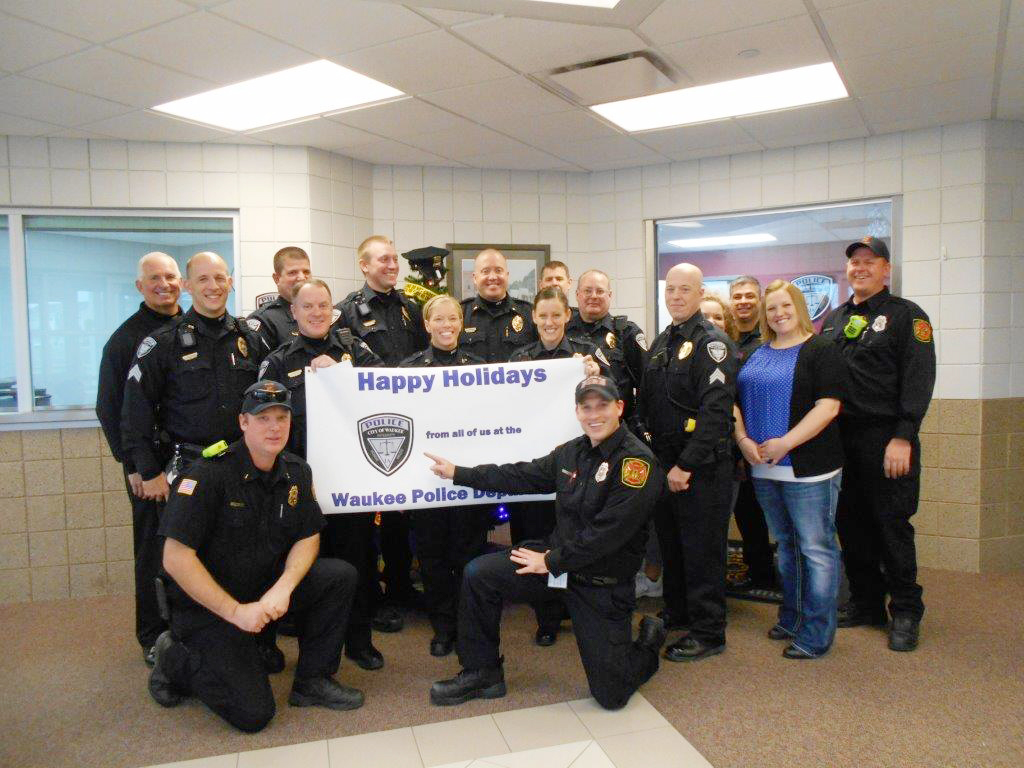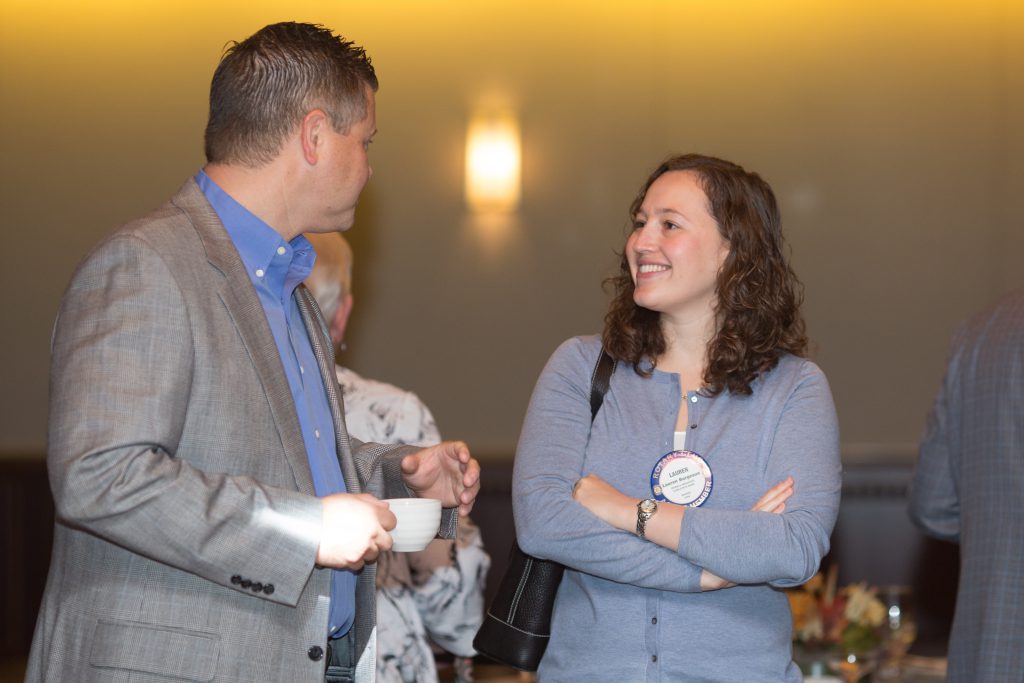
We all likely had our own ideas of what 2020 would look like—maybe for the world, and certainly for ourselves. Then, barely three months into the year, the world as most of us knew it turned upside down. The COVID-19 pandemic has consumed everyone’s 2020. From kids attending classes virtually, to their parents working from home, to face masks becoming ubiquitous, life now looks very different than it did at the start of the year. And with no end to the pandemic currently in sight, even the calmest among us are facing challenges to our mental health like we may never have experienced before. So how do we combat the ongoing uncertainty and anxiety?

According to Jim Wilwerding, licensed mental health counselor with New Heights Counseling Resources in Urbandale, the pandemic presents unique challenges to our mental health. Foremost among these can be a feeling of powerlessness against a foe we can’t see, which therefore can feel too overwhelming to even contemplate. “There is this notion that COVID is everywhere, and we don’t know where it is,” he says. “Where do you turn? How do you manage something that’s so big? It’s just too big to comprehend.”
The measures required for public safety—social distancing, wearing face coverings in public, and the need to stay home and limit close contact with others as much as possible—can lead to feelings of isolation, which only compounds the struggle. As human beings, Wilwerding says, “we need interaction—particularly three-dimensional interaction.” Phone calls, FaceTime, and Zoom meetings can bridge the gap, but the way our brains are wired, says Wilwerding, two-dimensional interactions only go so far. “There’s something about being in the same space,” he says.
It makes sense, then, that one of the most effective ways to cope with COVID-related anxiety or stress is to prioritize ways to get those in-person interactions with people, especially loved ones. “We all get kind of closed into our own worlds,” Wilwerding says. “Can you find someone you can have face-to-face interaction with?” Additionally, one of the safest ways to interact in person with others right now is to socialize outdoors, and going outside and getting fresh air into your lungs is another one of the best ways to buoy your spirits.
“I’ve been recommending to a lot of folks—get outside, get some exercise, get some sunshine on your face,” says Wilwerding. Whether it’s a socially-distanced happy hour in a parking lot with coworkers, or just an impromptu chat with a neighbor from six feet away, finding ways to interact in person with the people around us can go a long way toward alleviating feelings of anxiety and isolation.
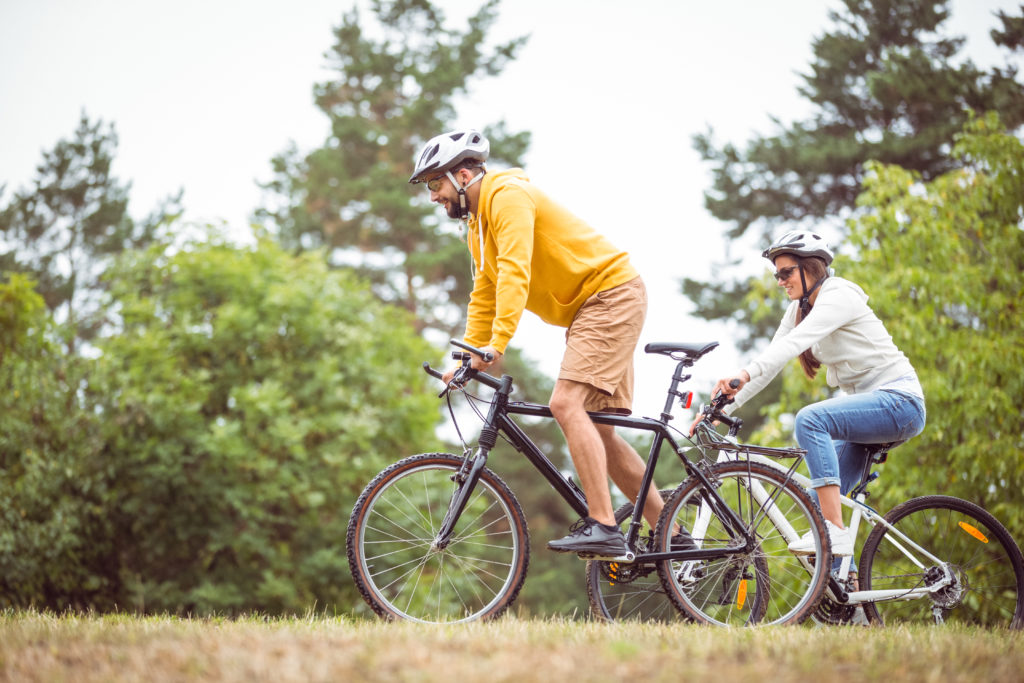
In addition to three-dimensional interaction with others, putting a high priority on getting accurate information regarding the coronavirus itself can be crucial to your mental well-being. The mere fact that this is a virus we’ve never encountered before can be anxiety-inducing on its own. “[The virus] is novel—we don’t know a lot about COVID-19,” Wilwerding says. He points out, however, that it can be useful to think back to our high school biology classes and remember how viruses work, and perhaps more importantly, how they don’t work.
Additionally, it often feels like there is not only an overwhelming amount of information circulating about COVID-19, but sometimes contradictory information, which can make it difficult to distinguish facts from fiction. Wilwerding recommends limiting your intake of news and information about the virus to “real, solid sources of information.” The Centers for Disease Control and Prevention (CDC) and the Johns Hopkins Coronavirus Resource Center are two oft-referenced, reputable sources of information and statistics. Knowing the data and being armed with science-based facts and information can help you feel more in control.
That knowledge can be particularly helpful for supporting others around us, especially our kids. Wilwerding says children can be just as confused and concerned by the situation as adults are, particularly as everyone navigates returning to learn in a very different environment than in the past. “We have to be careful of what we’re asking kids to process,” he says, particularly younger children. “A lot of it is beyond their capabilities for processing.” The key with small children is keeping things simple. Kids generally have a good grasp on the concept of germs and the importance of washing their hands. Just don’t overwhelm them. “Simple answers, simple questions,” says Wilwerding.
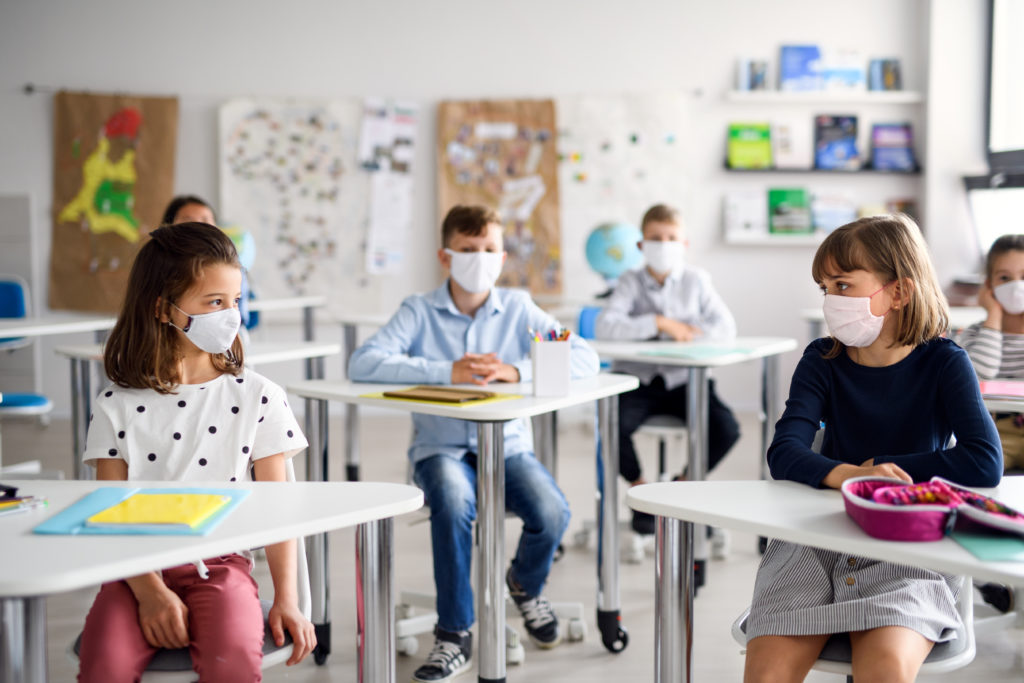
Helping teenagers cope during this time follows a similar line. Wilwerding points out that adolescents, who tend to be major users of social media in particular, often have more information than the adults in their lives do. Where parents can help is making sure their kids are processing all that information effectively. “Sure, you can have all this info,” he says, “[but] how do you effectively interpret it [and] process it in a way that’s not overwhelming?” Since adolescent brains are not yet fully equipped to think critically about what they’re taking in, or about the consequences of their actions, parents should make sure to put boundaries in place to ensure their teenagers aren’t unnecessarily putting themselves or others at risk. “Just because all your friends ‘seem’ safe, doesn’t mean you can go have a sleepover,” says Wilwerding.
Parents should also keep in mind that the same coping strategies that can help them, can help adolescents too. Make sure your teenager gets the opportunity to go out and get their exercise, says Wilwerding, “even if it’s just running around the block.” Ensuring that they’re connecting safely with friends can help combat feelings of social isolation and boredom.
Of course, colder weather will soon be upon us, and that means the advent of flu season, in addition to the ongoing pandemic. With so much uncertainty around public health, in addition to the stress of what will likely be a contentious election season, watching the evening news these days often feels more depressing than ever before. Is it possible to remain upbeat in the midst of what can seem like an overwhelming amount of negativity?
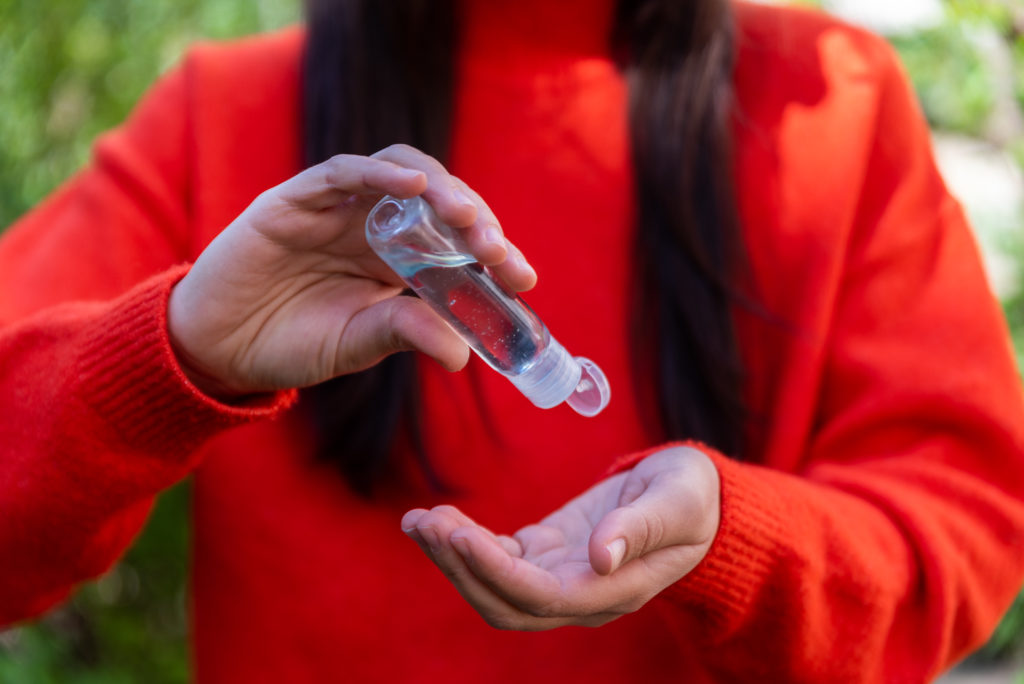
Wilwerding says yes—it just takes some perspective. “The thing about times like these is that there have always been times like these,” he says. In situations like this, where there is not yet an end in sight and where not much is certain, there can be value in following the oft-quoted advice to “keep calm and carry on,” says Wilwerding. “I tell folks all the time: There’s no such thing as a thought that lasts forever or a feeling that lasts forever.”
Although there will almost certainly be permanent changes to the way we live due to this pandemic, Wilwerding says if you can cultivate and sustain hope, you can make it through even the most trying of circumstances. “I really like the word hopeful,” he says. “It’s not just being positive, not being Pollyanna [or] overly optimistic. To me, hopeful says: In the end, it’s going to be alright.”
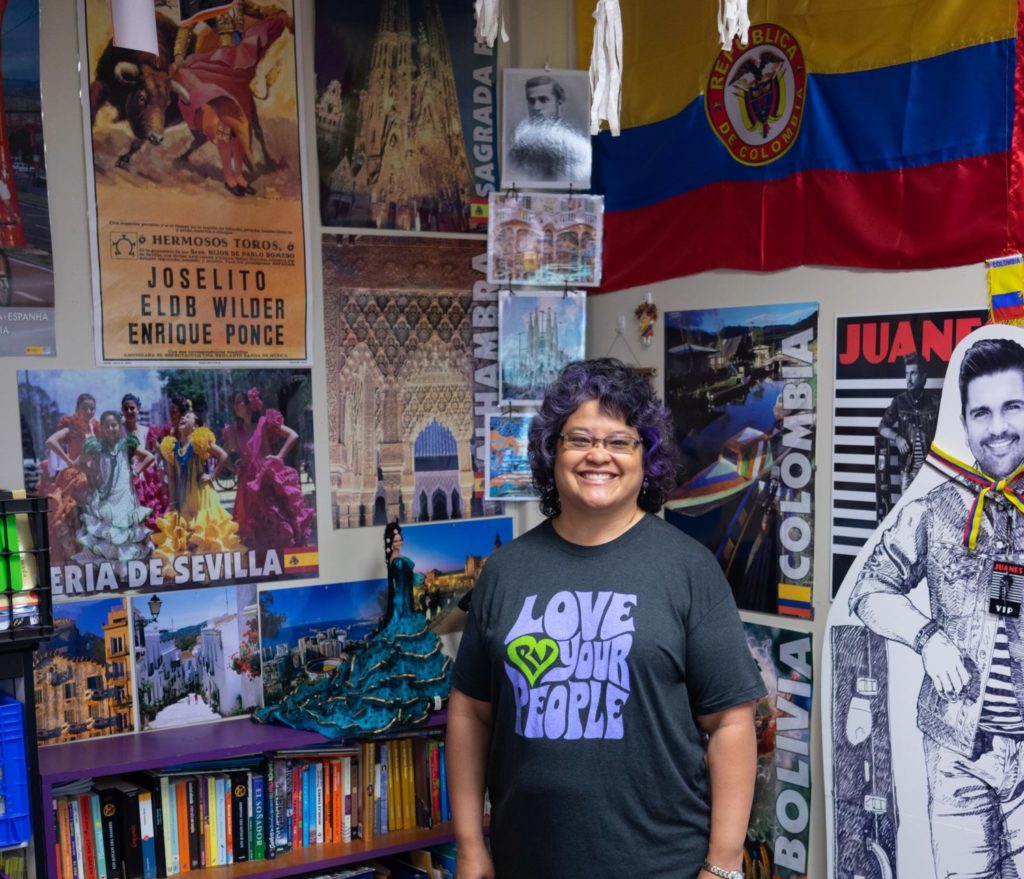
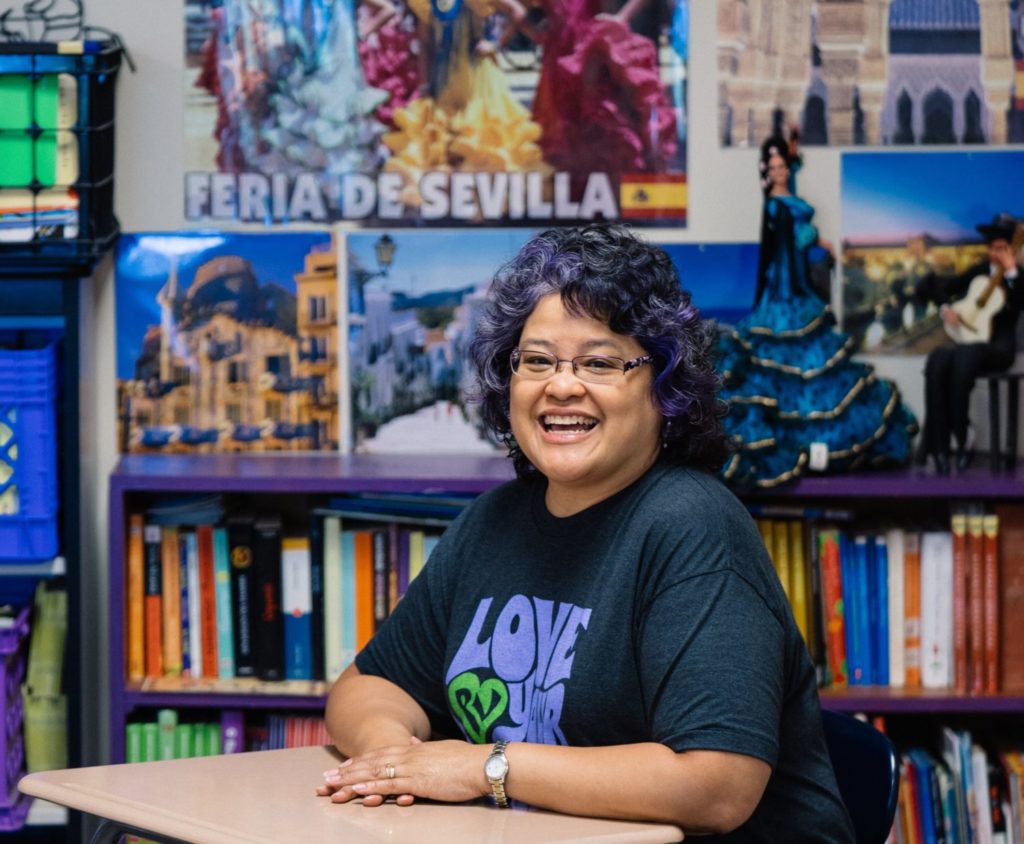
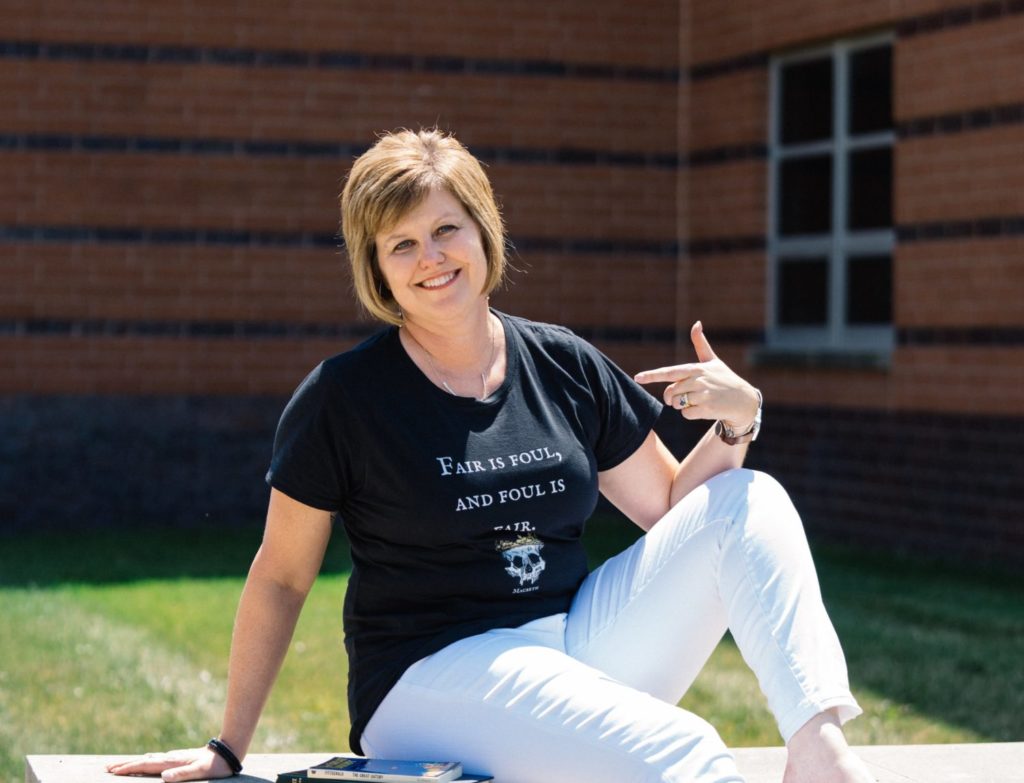



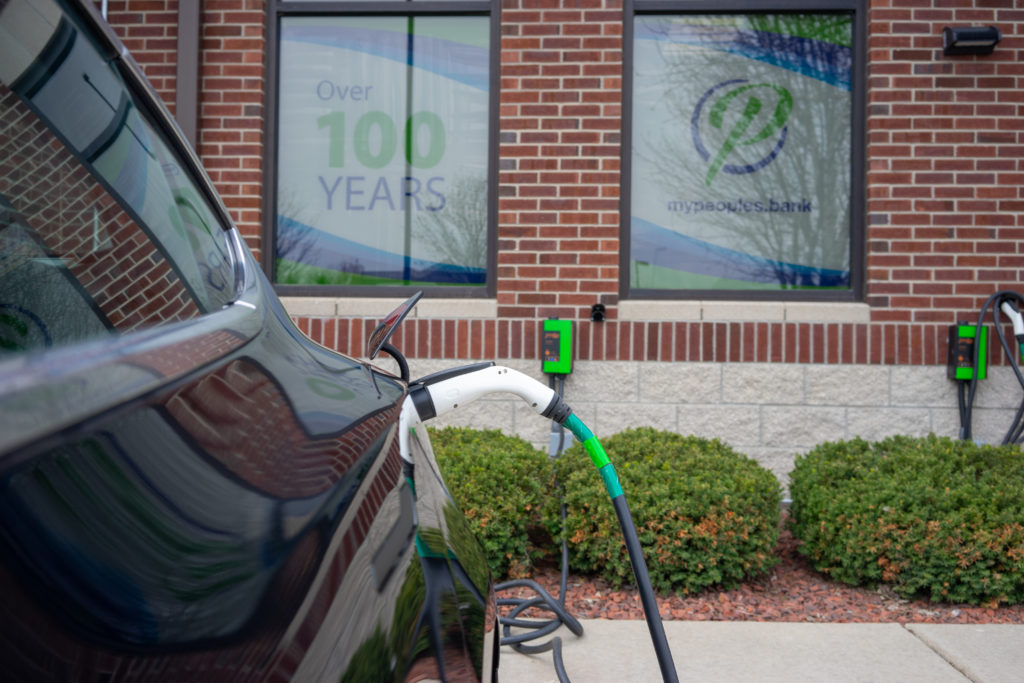

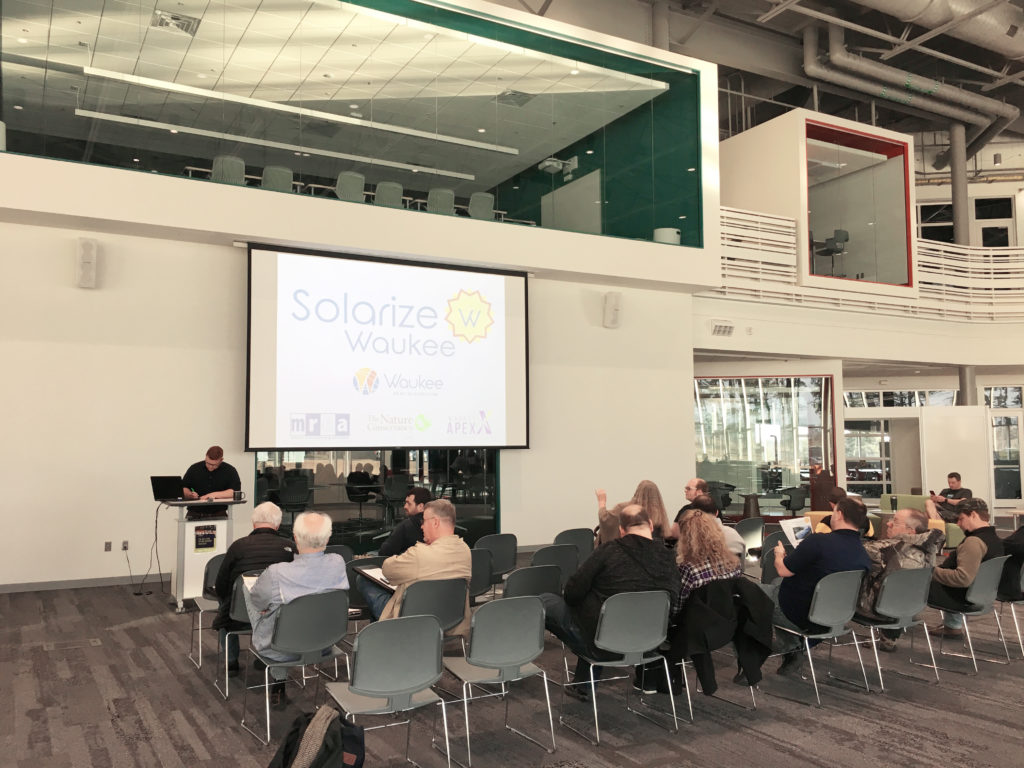

 If your smoothie from Smoothie King hasn’t quite filled you up, head north just up Alice’s Road and grab a sandwich at Which Wich. This sandwich chain opened a location in Waukee this past year. From a Greek gyro to a Vietnamese cuisine-inspired banh mi sandwich, their menu spans a wide range of influences.
If your smoothie from Smoothie King hasn’t quite filled you up, head north just up Alice’s Road and grab a sandwich at Which Wich. This sandwich chain opened a location in Waukee this past year. From a Greek gyro to a Vietnamese cuisine-inspired banh mi sandwich, their menu spans a wide range of influences. Central Standard, which opened on University Avenue in July of 2018, is the second location of a restaurant that got its start in Bettendorf, Iowa, about five years ago. According to General Manager Andy Crounse, the restaurant was developed as an alternative to more traditional “cookie-cutter” burger joints.
Central Standard, which opened on University Avenue in July of 2018, is the second location of a restaurant that got its start in Bettendorf, Iowa, about five years ago. According to General Manager Andy Crounse, the restaurant was developed as an alternative to more traditional “cookie-cutter” burger joints. The “R” in R Taco comes from founder Rusty Fenton, who opened the first Rusty Taco location in Dallas in 2010. The Tex-Mex chain arrived on University Avenue in West Des Moines earlier this year. R Taco’s specialty, as one might imagine, is authentic, Mexican street-style tacos, handmade and offered on corn or flour tortillas. With a wide variety of fillings available—BBQ brisket, Baja shrimp, fried chicken, and black beans, to name just a few—there’s something to suit everyone’s taste.
The “R” in R Taco comes from founder Rusty Fenton, who opened the first Rusty Taco location in Dallas in 2010. The Tex-Mex chain arrived on University Avenue in West Des Moines earlier this year. R Taco’s specialty, as one might imagine, is authentic, Mexican street-style tacos, handmade and offered on corn or flour tortillas. With a wide variety of fillings available—BBQ brisket, Baja shrimp, fried chicken, and black beans, to name just a few—there’s something to suit everyone’s taste. Chicago-style deep-dish pizza arrived in Waukee this past November with the opening of Rosati’s Pizza on SE Alice’s Road. Rosati’s, the first of which opened in Chicago in 1964, focuses on traditional, authentic Italian dishes made from Rosati family recipes that have been passed down through five generations of the family.
Chicago-style deep-dish pizza arrived in Waukee this past November with the opening of Rosati’s Pizza on SE Alice’s Road. Rosati’s, the first of which opened in Chicago in 1964, focuses on traditional, authentic Italian dishes made from Rosati family recipes that have been passed down through five generations of the family.